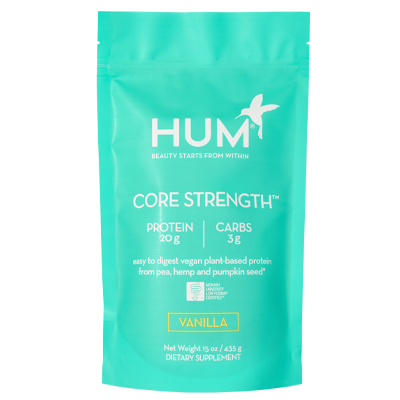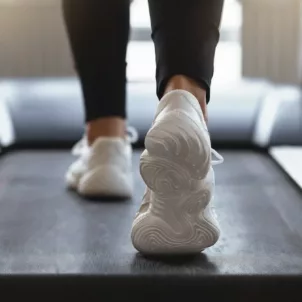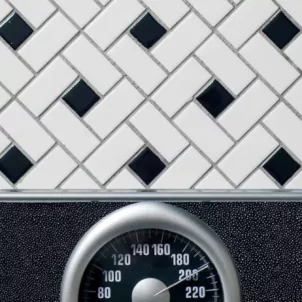Should you do cardio before or after weights? Experts explain how to tailor your training to achieve your goals and the benefits of both options.
Combining resistance training and cardio into one workout can challenge your body, make workouts more efficient, and keep you from getting bored during your session. But does it matter what order you do your workout?
According to the current advice going around on TikTok, you should do cardio after weight lifting or strength training. (The hashtag #cardioafterweights has over 1.7 million views.) Users are claiming that this small change burns fat and completely transforms your body. But is it true? We spoke to experts about the benefits of doing a mixed gym session and to find out if you should do cardio before or after weights. Read on to see what they said.
Benefits of Doing Cardio and Weights
First thing’s first: Is it even a good idea to do cardio and weights in the same day? Experts say yes. “Doing cardio and strength within the same workout session can be great if one of your training goals is endurance and overall fitness health,” says Danielle Gray, NASM-certified personal trainer and founder of Train Like A Gymnast. “It can help improve your muscles’ endurance as well as your confidence and overall mental health.”
However, if you have specific goals (like growing muscle size), Gray notes that combining cardio and weights into your sessions might not serve you. And while this is an effective way to train, there is some risk to be aware of. “The only dangers of doing cardio and weights within the same session would be training close to your limit, pushing yourself too hard, and injuring yourself,” Gray says.
When you’re training hard (regardless of the exercise), Gray says recovery is absolutely key. Make sure you’re taking enough rest between repetitions and sets, getting enough sleep, fueling your body with protein (try HUM Nutrition’s Core Strength protein powder into your post-workout smoothie), and hydrating throughout the day.
Should You Do Cardio Before or After Weights?
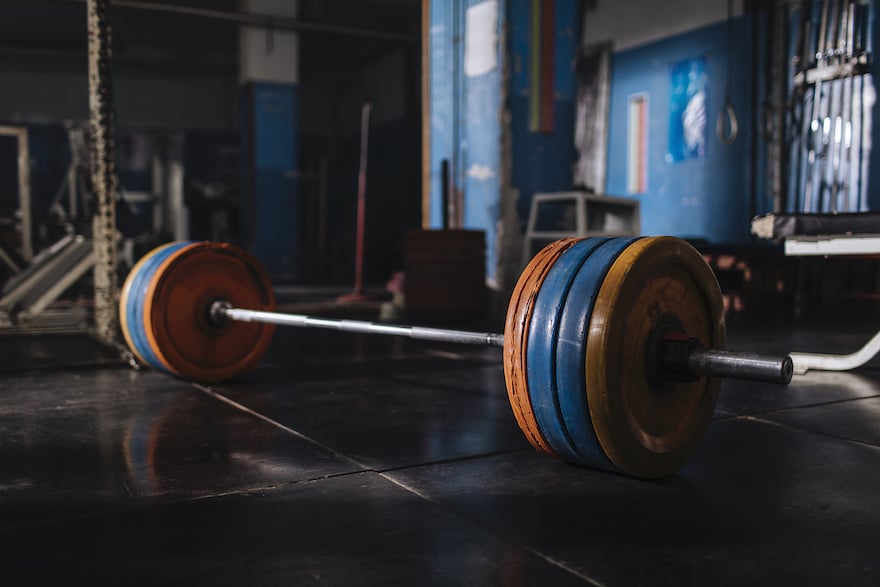
Despite trending claims, there’s no simple answer to this question. That’s because the order in which you do cardio versus weights depends on what your goals are. Here’s how it breaks down:
If You Want to Lose Weight…
Lift first. Having muscle is key to weight loss, explains Alyssa Lombardi, MSc, a clinical exercise physiologist, CPT, running coach, and founder of Alyssa RunFit Coaching. “The more muscle mass you have, the more calories you will burn during the day—which in turn will help you lose weight quicker.”
But if you do your cardio before weights, your body is already going to be tired, Lombardi says. “This will have an effect on how much weight you can lift, which will decrease the amount of muscle being built.”
If You’re Trying to Improve Your Endurance…
Start with cardio. “If your goal is to improve your cardiovascular system, such as running, then you should perform running workouts before lifting weights,” Lombardi says. “If you lift weights before running, your body will already be fatigued and you will not be able to maximize that running workout.”
If you’re training for a race, you’ll definitely want to run first.
If You Want to Build Strength and Lean Muscle…
Start with weights. “By performing cardio at the end of your workout, you have an opportunity to build more strength and build more muscle,” says Beth Alexander, NASM-certified personal trainer, celebrity trainer, and creator of Smiling Soul Fitness. “As you build more muscle, you will benefit from both the calorie burn from doing the exercises (in addition to a whole host of other benefits), and you will be building lean mass, which will help you burn more calories even at rest.”
Another pro to doing your cardio after strength training: You’ll maximize results. “Cardio after weights helps to make your strength training program more effective, and thus your workouts all-together more efficient,” explains Alexander.
And if you’re hoping to set a new PR with your weightlifting, starting with fresh muscles is your best bet. “If you do cardio before weights, you also will be less likely to hit a PR (personal record) due to muscle fatigue,” says Gray.
So, does TikTok have it (mostly) right? Should you be doing your cardio after weights? Overall, the pros say yes. “I personally recommend that clients do cardio after weight training primarily because weights take more attention to form and energy to perform, whereas cardio can be done after with a lower risk of injury since the motions are repetitive,” Gray says.
One important caveat that Alexander notes: Doing a light cardio-based warm-up (think: three to five minutes on the treadmill) can help improve your performance during weight training and help prevent injuries.
How Often Should You Do Cardio and Weights Together?
Doing combined cardio and resistance training sessions can keep workouts exciting and efficient, but you don’t have to put them together every time you workout. According to the American College of Sports Medicine, you should get 150 minutes of moderate-intensity aerobic exercise each week and muscle-strengthening activities two days per week. So as long as you’re hitting that guideline within your week, as a minimum, you’re set.
Enjoy the combo workouts? “For many, this can be achieved with three, 50-minute workouts a week,” Lombardi says. Many boutique workout studios offer classes that make this easy to achieve. (In most cases, you have the option to choose either resistance training or cardio first.) These are just a few:
- Barry’s Bootcamp (Treadmill + weights)
- Orangetheory Fitness (Treadmill, rowing, and weights)
- Rumble Boxing (Boxing + weights)
- SLT Tread (Treadmill + Megaformer)
- Pure Barre (Cardio + pilates)
Of course, you can also build your own workouts. We asked trainers to weigh in on their favorite cardio exercises to pair with resistance moves
The Best Cardio Exercises, According to Experts
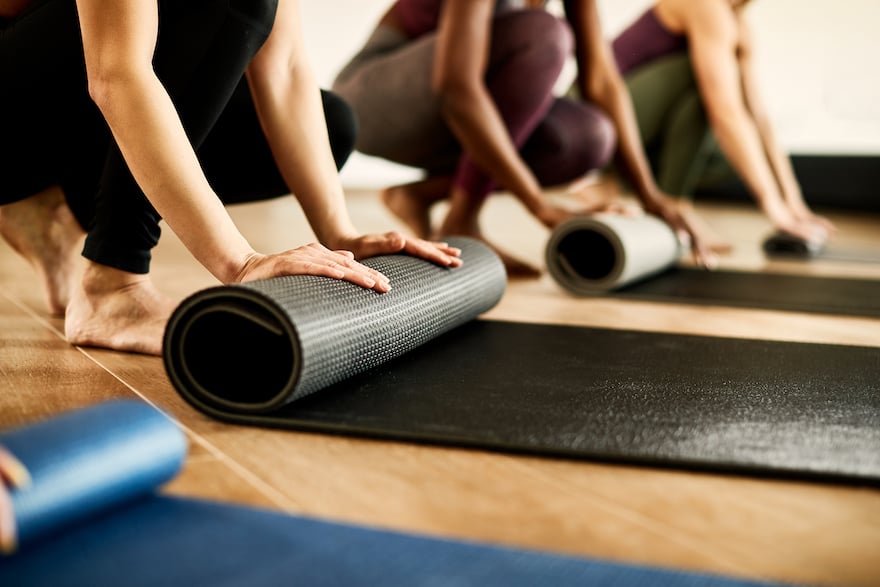
Ready to commit to combo workouts? While there are endless YouTube videos and online strength routines to choose from, many people get stuck when it comes to cardio, trainers say. “Ultimately, the best kind of cardio is the one you enjoy,” Alexander says. “Enjoying the workout will motivate you to keep you showing up—whether that’s cardio kickboxing, dance fitness, jogging, or HIIT circuits.
Running, Swimming, or Biking
Wondering what the best cardio to do is? Lombardi says you can’t go wrong with running. “It calls for very minimal equipment with some comfortable clothing and shoes—and you can do it anywhere,” she says. But if you’re looking for lower-impact options (especially helpful for people who struggle with lower-body injuries), she says swimming or biking are great options.
Sample Workout: “One of my go-to workouts for either walk, run, swim or bike is a 5-minute warm-up at a comfortable intensity then alternating from 1 minute of high intensity to 1 minute at a lower intensity to recover,” Alexander says. “I repeat this 10 times then cool down for five minutes slowly for a total of 30 minutes. This is a great workout option for beginners all the way to advanced exercisers as you can change the intensity to match how you feel.”
Using a Cardio Machine
If you like training on a cardio machine, find a program to follow (this could be as simple as a present setting on the machine itself, Alexander says). “Beginners should start with steady-state training to build up their cardiovascular base before transitioning into intervals that challenge you at a vigorous intensity,” she says. She recommends the following workout for first-timers:
Sample Workout:
- 3-5 minutes easy warm-up
- Intervals: 30 seconds hard, 30 seconds easy 5x
- 1-minute easy recovery
- Intervals: 40 seconds hard, 20 seconds easy 5x
- 1-minute easy recovery.
- Intervals: 1 minute hard, 30 seconds recovery 3x
- 3-5 minute easy recovery & cool down
Circuit Training
“If you enjoy circuit training, you could simply add one to two cardio-focused stations, and then perform one to two accessory strength exercises,” Alexander says.
Sample Workout:
Perform reps with proper form as quickly as possible for 40 seconds, rest + switch stations for 20 seconds.
- Exercise 1: Side Shuffles
- Exercise 2: Alternating Reverse Lunges
- Exercise 3: Standing Bicep Curl to Overhead Press
- Exercise 4: Jack + Jab
Rest for 1-2 minutes, then repeat for 3 rounds total.
Alternative Forms of Cardio
Looking for fun, creative ways to get your cardio in? “Some other alternative examples of cardio that you can do in addition to strength training are rowing for 10 to 30 minutes, boxing for 30 to 60 minutes, hiking for 30 to 60 minutes, dancing for 10 to 30 minutes, virtual reality workouts, heavy house or yard work for an hour, climbing stairs for 10 to 30 minutes, trampoline for 10 to 30 minutes, or water sports for 30 to 60 minutes,” Gray says.
The Takeaway
Ready to get started? Keep in mind everyone’s weight loss and fitness journey is different, says Lombardi. “No one specific workout is the perfect solution.”
“I recommend clients give themselves eight to 12 weeks to see long-term physiological results,” Alexander says. “Some people will notice physical changes in their body earlier.” However, Gray notes that it could take up to three to six months for you to see noticeable, sustained changes in your physique.
If you’re looking for a way to see results faster, consider changing up your exercise routine. “It’s completely possible to transform your body by changing up your regular routine by a non-scientific term called ‘muscle confusion,’” Gray says. “As we work out, our body adapts to what it does most, and the transition phases—like when you try a new style of working out—are when you become most sore because you’ve tapped into a new area of opportunity.” That’s why mixing up your workout routine by combining strength training and cardio workouts is a great way to keep you motivated and maximize results, Lombardi adds.
And don’t forget: There’s more to working out than physical benefits. “It’s also important to remember that working out has many mental benefits too,” Alexander says. “I love having multiple markers for how we determine success in a training program. While physical changes can take a couple weeks to a couple months to see, many feel the impact that exercising has on their mood and mindset immediately!”
